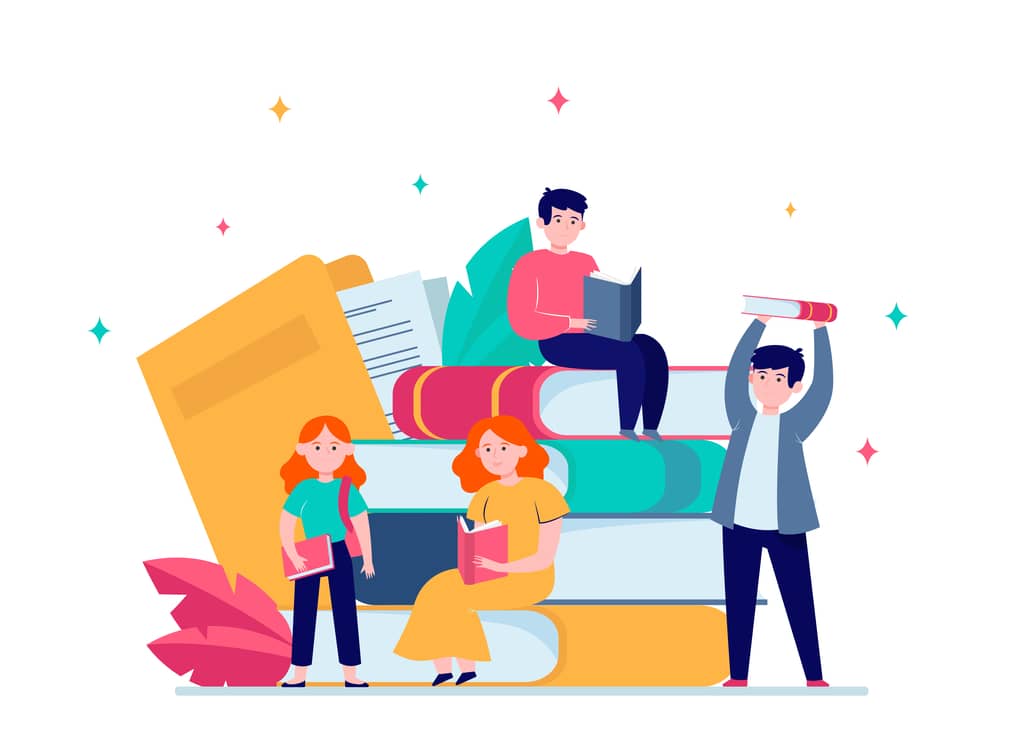- Income-Driven Repayment (IDR) Forgiveness:
- If you’re enrolled in an IDR plan, your monthly payment is based on your income and family size. After making a certain number of payments (usually 20 or 25 years), any remaining balance on your student loans will be forgiven. The newest IDR plan, the Saving on a Valuable Education (SAVE) Plan, allows forgiveness as soon as 10 years of qualifying payments have been made. The SAVE Plan includes additional forgiveness benefits that will go into effect in February and July 20241.
- Eligible Loans: Direct Subsidized and Unsubsidized Loans, Direct PLUS Loans made to graduate or professional students, and Direct Consolidation Loans that do not include PLUS loans made to parents.
- Biden-Harris Administration’s Additional Loan Forgiveness:
- Borrowers enrolled in the SAVE Plan who have made at least 10 years of payments and originally borrowed $12,000 or less for college are eligible for forgiveness. For every $1,000 borrowed above $12,000, an additional year of payments qualifies for forgiveness2.
- Other Federal Student Loan Programs:
- While the Supreme Court blocked the one-time debt relief plan, there are other federal student loan programs that offer full loan forgiveness. Explore options such as Pay As You Earn (PAYE), Income-Based Repayment (IBR), and Income-Contingent Repayment (ICR)1.
- Additional Criteria:
- Some programs may have specific requirements related to your job, income, or loan type. For example, teachers may qualify for special loan forgiveness programs3.
- Keep in mind that eligibility can vary based on individual circumstances, so it’s essential to check the specific requirements for each forgiveness program.
Remember to verify the details with official sources and consult with your loan servicer to determine your eligibility for student loan forgiveness4. 🎓📚
Student Loan Forgiveness: Hundreds Set to Benefit from Special Program
Learn more
studentaid.gov ed.gov pbs.org investopedia.com



